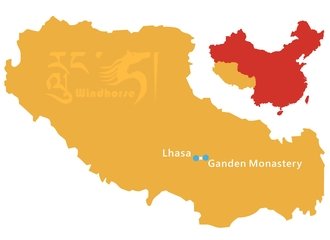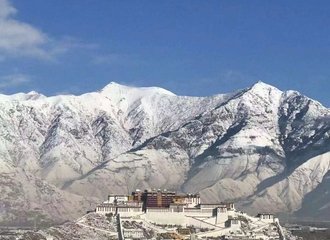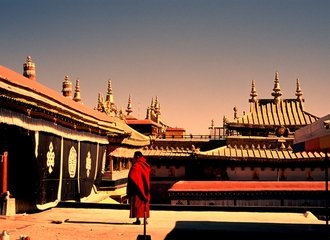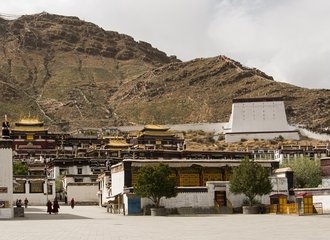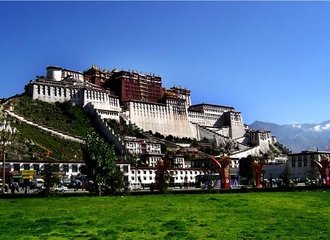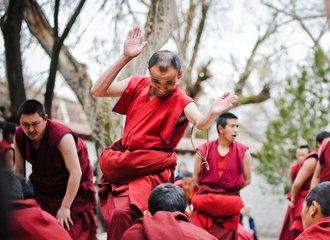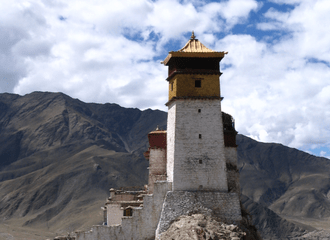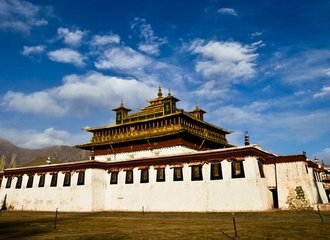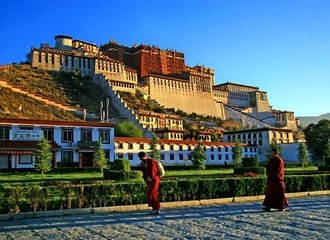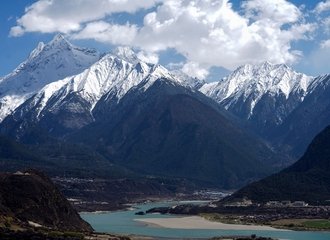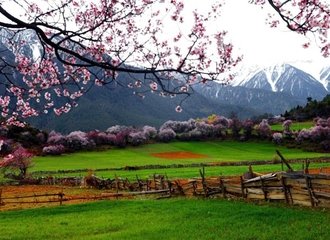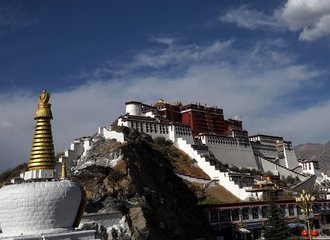Yangpachen hot-spring
Quick Facts about Yangpachen Hot Springs
- Chinese Name: 羊八井温泉 (Yángbājǐng Wēnquán)
- Tibetan Name: Yangbajain (also spelled Yangpachen)
- Location: Yangbajain Town, Damxung County, about 90 kilometers northwest of Lhasa, Tibet.
- Altitude: Approximately 4,300 meters (14,107 feet) above sea level.
- Additional Fee: The entry fee is usually around 30-50 CNY, with an extra fee for the indoor pools (around 98-100 CNY).
- Open Hours: Typically open from 9:00 AM to 8:00 PM, but it's advisable to check locally as hours can vary.

Brief introduction
Yangpachen (also called Yangbajain) is located in Damxung County, 90 kilometers northwest of Lhasa, Tibet. Its elevation is 4,300 meters, the mountain peaks on its north and south sides are above 5,500 to 6,000 meters above sea level.
Yangpachen, world-famous for its spectacular phenomenon of hot springs boiling on the cold plateau, features all kinds of hot springs including highest-temperature hot springs, boiling springs, and geysers as well as common hot springs, the area of which totals more than 7,000 square meters. With temperatures around 47℃/117℉, it is the first geothermal field to be developed on the Chinese mainland and the highest geothermal power station in the world.
There are many hydrothermal wells distributed in the Yambajan hydrothermal area for generating electricity. And the Yambajan Hydrothermal Power Plant, jointly developed and constructed by China and the United Nations and completed in 1977, is currently the biggest hydrothermal power plant in China. The hydrothermal energy in the hydrothermal wells, transported by the pipeline, propels the turbines in the hydrothermal power plant to generate cheap and environmental electricity for Lhasa and the areas nearby.

How to Get There From Lhasa
Yangpachen Hot Springs is approximately 90 kilometers (about 56 miles) northwest of Lhasa. So to get there you'll have some options, that you can consider during your Tibet Tour.
By Car
Private Car or Taxi: Hiring a private car or taxi is the most convenient option. The journey takes about 2 to 3 hours, depending on road conditions. You can arrange this through a travel agency or your hotel in Lhasa.
By Bus
Tourist Bus or Group Tour: Some travel agencies in Lhasa offer organized tours to Yangpachen Hot Springs, which include transportation by bus. These tours often provide a guide and may include other attractions along the way.
By Train and Taxi
Train: You can take a train from Lhasa to Damxung (Dangxiong) Railway Station, which is the closest station to Yangpachen. From there, you can hire a taxi to take you to the hot springs. The train journey takes about 1.5 hours, and the taxi ride from Damxung to Yangpachen is around 40 minutes.
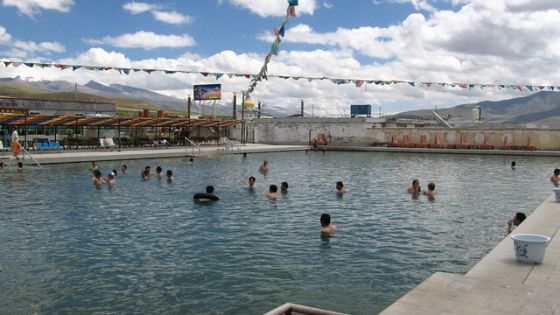

Sight to see and things to do here
The early morning in Yangpachen is the most beautiful, as the hydrothermal fields are always suffused with white haze and the lake surface is always covered with great steam agglomerations, which is really fascinating and makes Yangpachen a wonderland. If you are lucky, you will witness the fantastic and splendid scene: the boiling water is erupting into the sky from the mouth of the hot spring.
The hot spring in Yangpachen, which contains a high content of sulphuretted hydrogen, is therapeutic to many chronic diseases. The bathing place is an open-air swimming pool. The hot spring, the temperature of which is too high, needs to be cooled in two open-air cisterns before available for bathing. With the snow-capped mountains in the distance, it is really an enjoyment to have a hot-spring bath in the swimming pool. Many travelers said that the most unforgettable memory about enjoying the hot spring in Yangpachen is not the gorgeous scenery, but the experience of the hot spring bath in a high altitude region. Besides, it can wash away the dust and fatigue of traveling in Tibet. Therefore, it’s better to enjoy the Yangpachen hot-spring after the excursion to Namtso Lake and before returning to Lhasa.
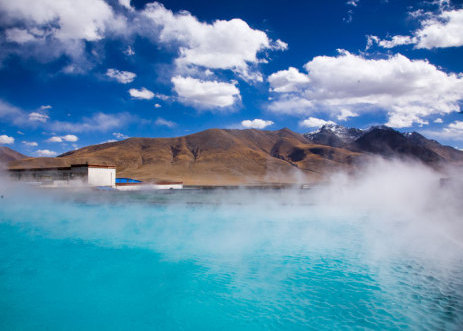

Best season to travel
It is suitable for enjoying hot springs here all year round, especially in winter. The rolling snow mountains are within easy reach, it is very pleasant and romantic to enjoy the heavy snowfall by bathing in the hot spring. If you stay in Yangpachen for one night, you would also have the chance to enjoy its fairyland in the early morning. The steam clusters generated by the geothermal field rise up, to feel the whole world is shrouded in a white atmosphere.

Useful Travel Tips
- The package admission is 150 CNY/ Per person including taking the hot-spring. And the opening time: 09:00 am to 17:00 pm.
- The plateau area consumes a large amount of oxygen, please do not exercise too acutely when enjoying the hot-springs, as this may cause physical weakness.
- Yangpachen is located on the way to Namtso Lake, it is better to visit the Yangpachen hot-spring on the return journey. As it may aggravate the altitude sickness in Namtso due to the physical exertion of enjoying the hot spring.
- There are some hotels near the hot-spring area. Due to the limited condition and lack of cold drinking water, it is not very convenient for washing due to the high water temperature.
- About 15 minutes' drive from the hot spring is the famous Yangpachen Monastery. The monastery’s construction began in 1490 and completed in 1791. It has been successively amended and expanded in the past three centuries, form a large-scale monastery complex.
- The form of hot springs is normal, you will enjoy the hot springs in the swimming pools. It is divided into indoor and outdoor, and also includes 8 Tibetan medicine baths hot-springs.


